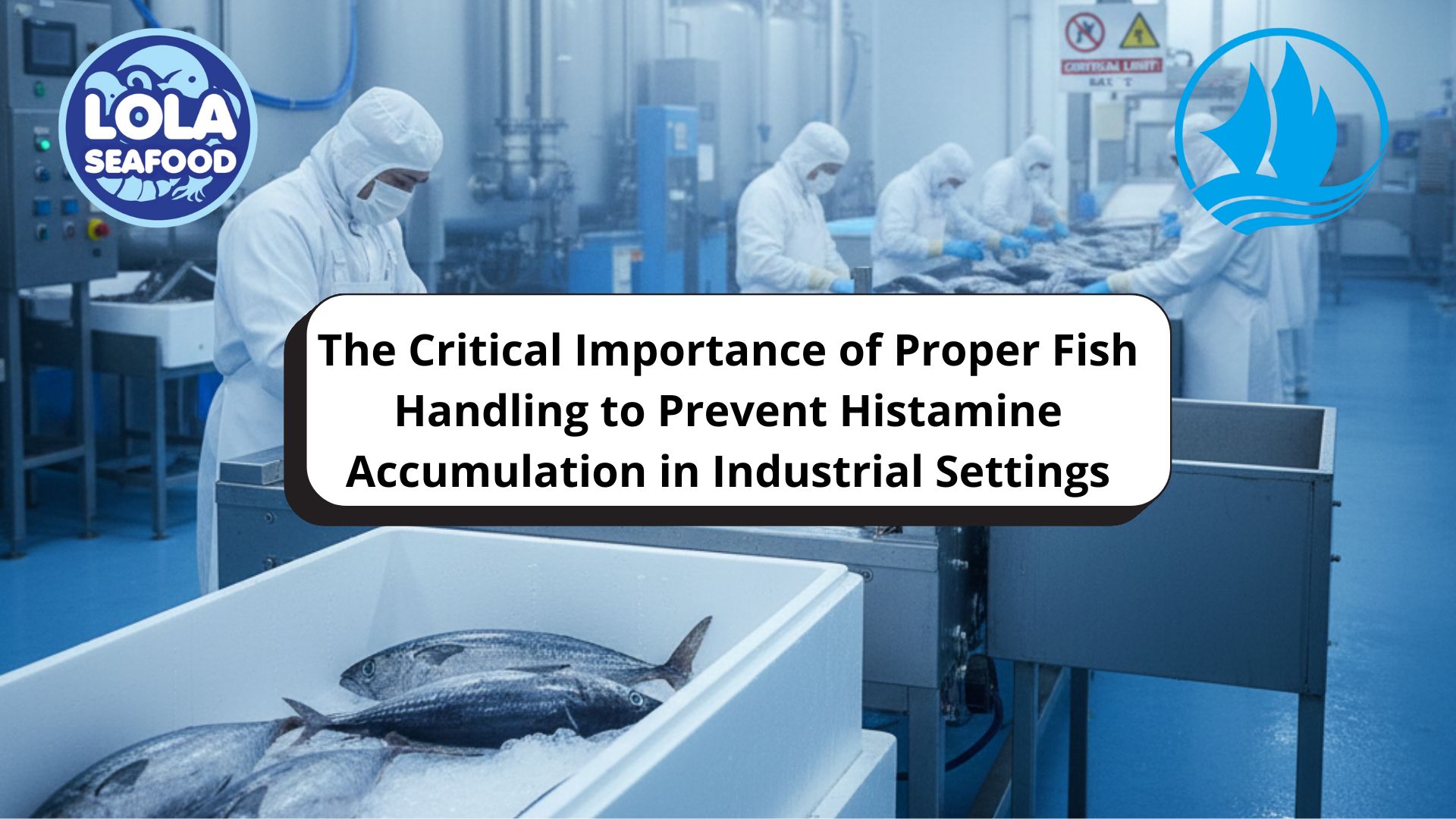AMMONIA REFRIGERATION
By. Najih - 12 Jul 2024.jpg)
Ammonia refrigeration is a type of refrigeration system that uses ammonia (Ammonia (a compound of nitrogen and hydrogen - NH3) as a refrigerant. Ammonia is a colourless gas with a sharp, pungent odour. Its strong odour warns people of the danger of the gas. The gas is not dangerous, but it’s a strong base that reacts with acids, even in small amounts, to produce toxic or flammable gases. Ammonia has a level of flammability in the air but has resulted in explosions under very specific conditions involving Ammonia concentration in air, relative humidity, and temperature. Although Ammonia is non-toxic at low concentrations, the smell of Ammonia may cause breathing problems in small children. The main drawback of using Ammonia as a refrigerant is its toxicity. While the legal and regulatory system does not ban its use as a refrigerant, other systems, such as Freon-based CFC-free gases, are much safer and are less likely to cause a lawsuit.
The working principle of an ammonia refrigeration system is as follows: ammonia gas is compressed, a process that increases its pressure and temperature. Removing heat from this gas means it reaches condensation and thus turns into a liquid state. The now condensed liquid ammonia flows through an expansion valve, where its pressure is reduced. The result is its evaporation, a process that also enables the substance to absorb heat from the surroundings, thereby cooling the area.
Some of the advantages of ammonia refrigeration include:
- Excellent thermodynamic properties, allowing it to absorb large amounts of heat during evaporation
- Outstanding efficiencies. At full capacity, ammonia refrigeration systems can be up to 20% more efficient than other industrial refrigeration systems at full capacity, while also showing great results at part capacity.
- Wide operating range, making it suitable for various cooling requirements.
- An environmentally-friendly choice thanks to presenting zero ozone depletion potential (ODP) and a low global warming potential (GWP)
- Low cost (which may reach even one-tenth of conventional hydrofluorocarbon refrigerants) and low operational costs
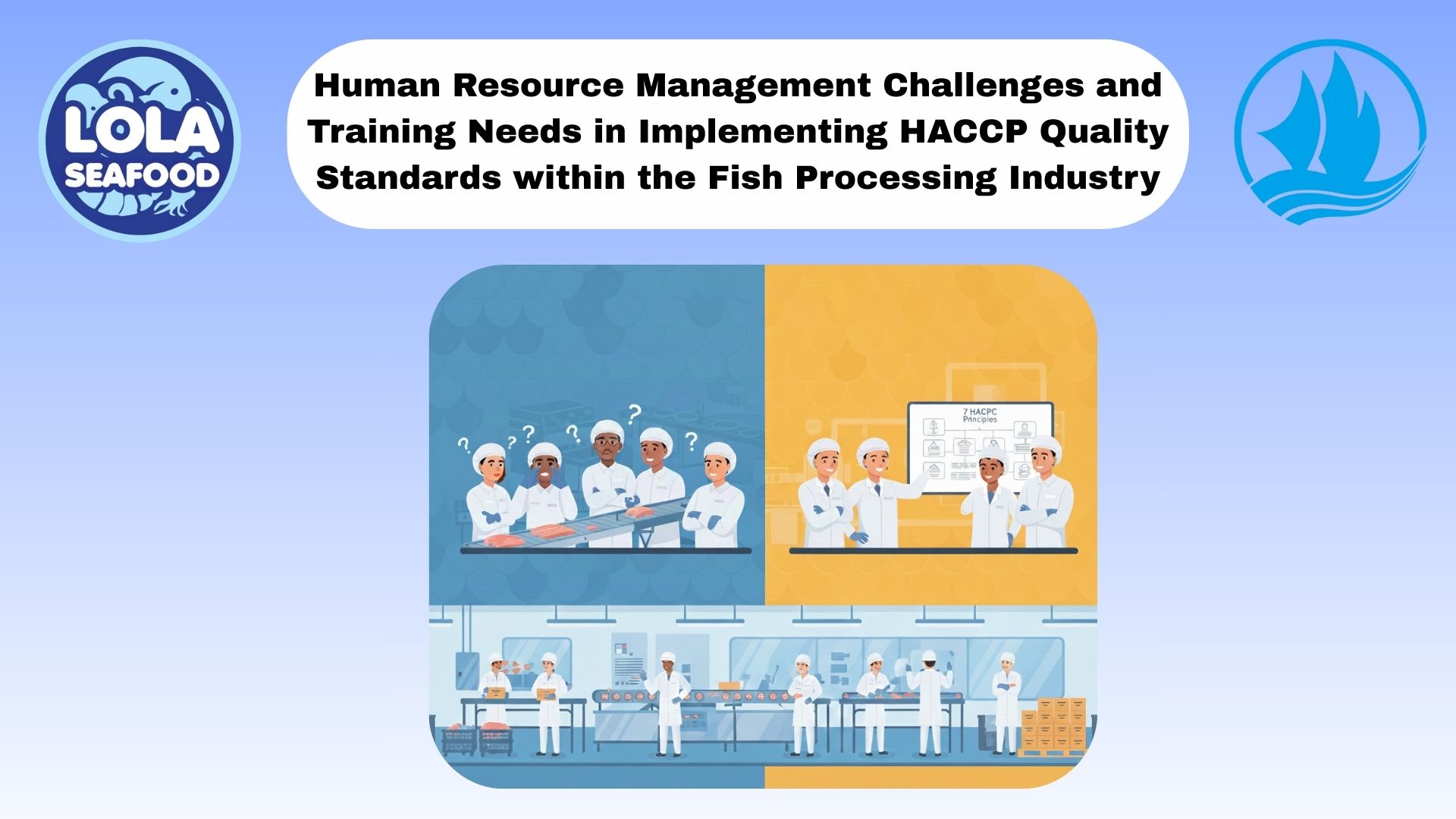
Human Resource Management Challenges and Training Needs in Implementing HACCP Quality Standards within the Fish Processing Industry
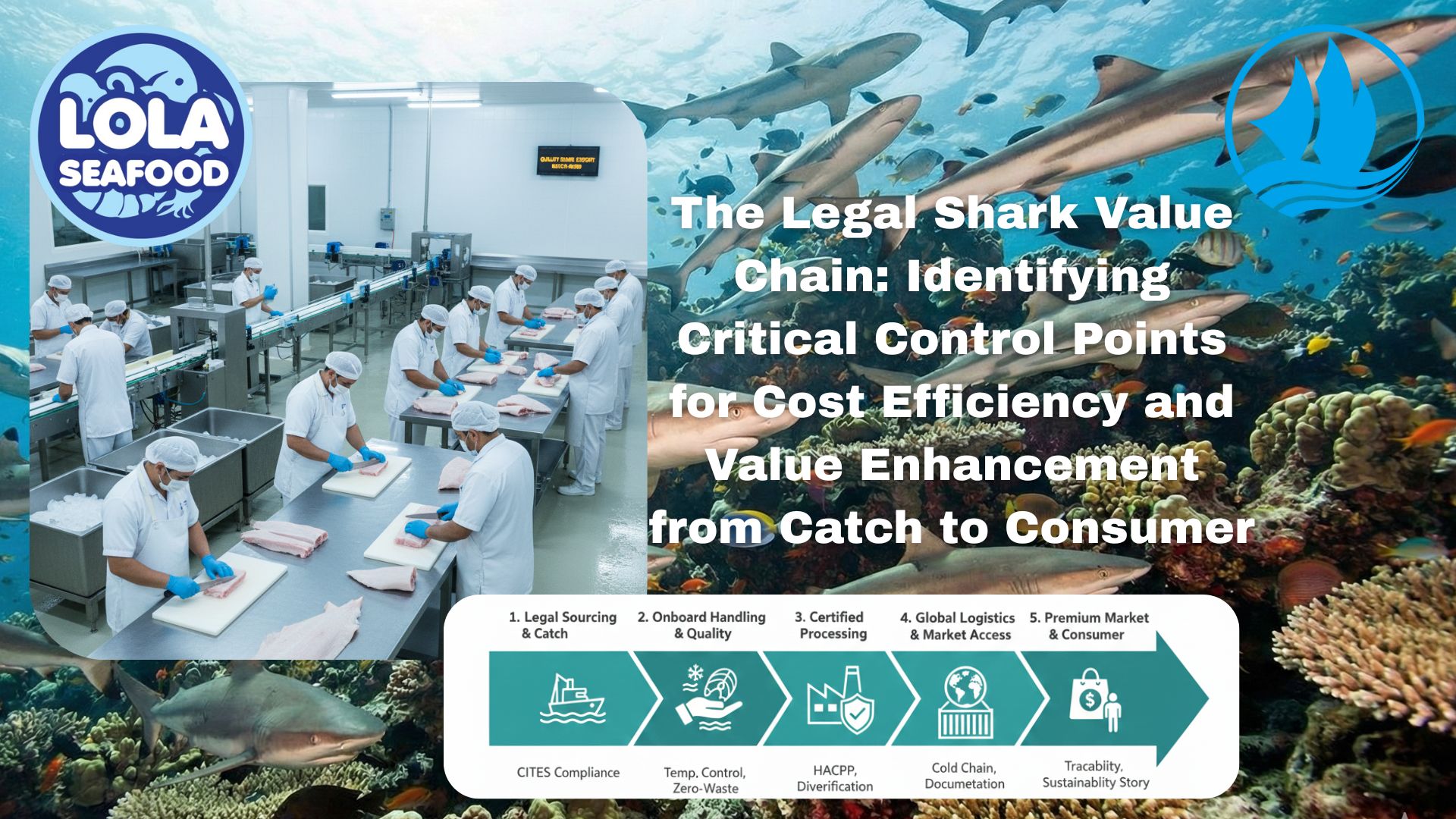
The Legal Shark Value Chain: Identifying Critical Control Points for Cost Efficiency and Value Enhancement from Catch to Consumer
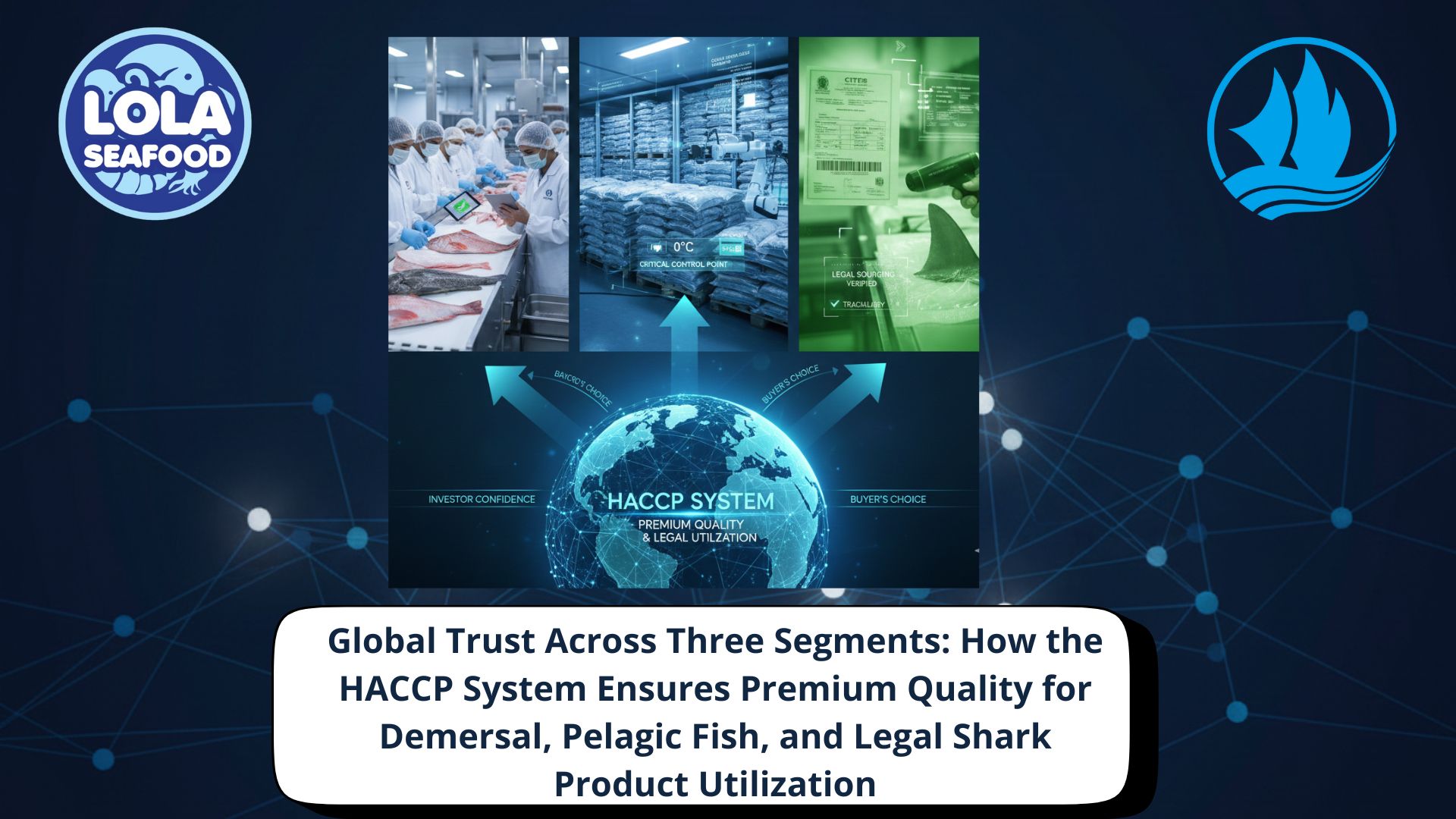
Global Trust Across Three Segments: How the HACCP System Ensures Premium Quality for Demersal, Pelagic Fish, and Legal Shark Product Utilization
.jpg)
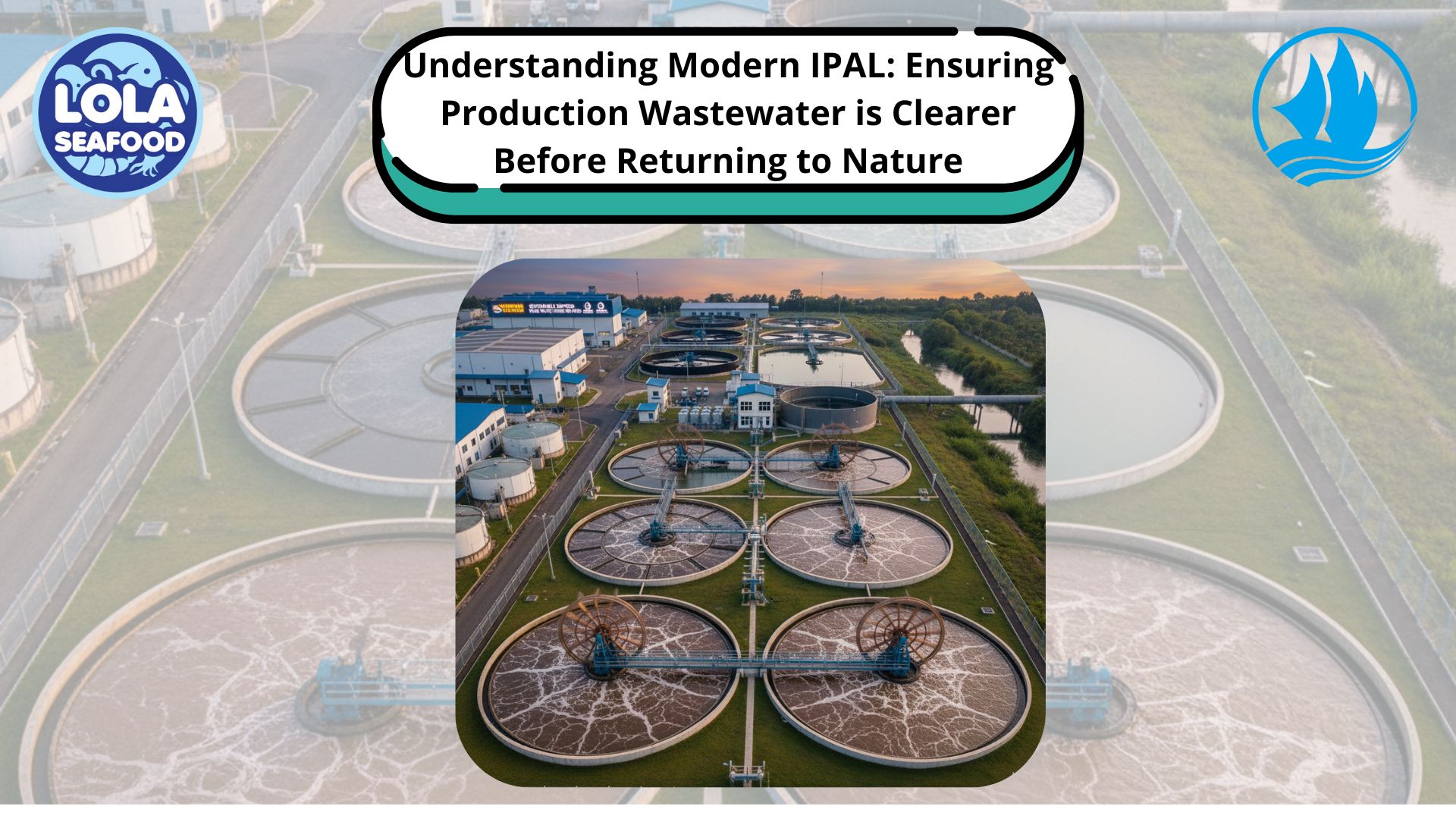

 in Meeting Global Protein Demand Sustainably.jpg)

